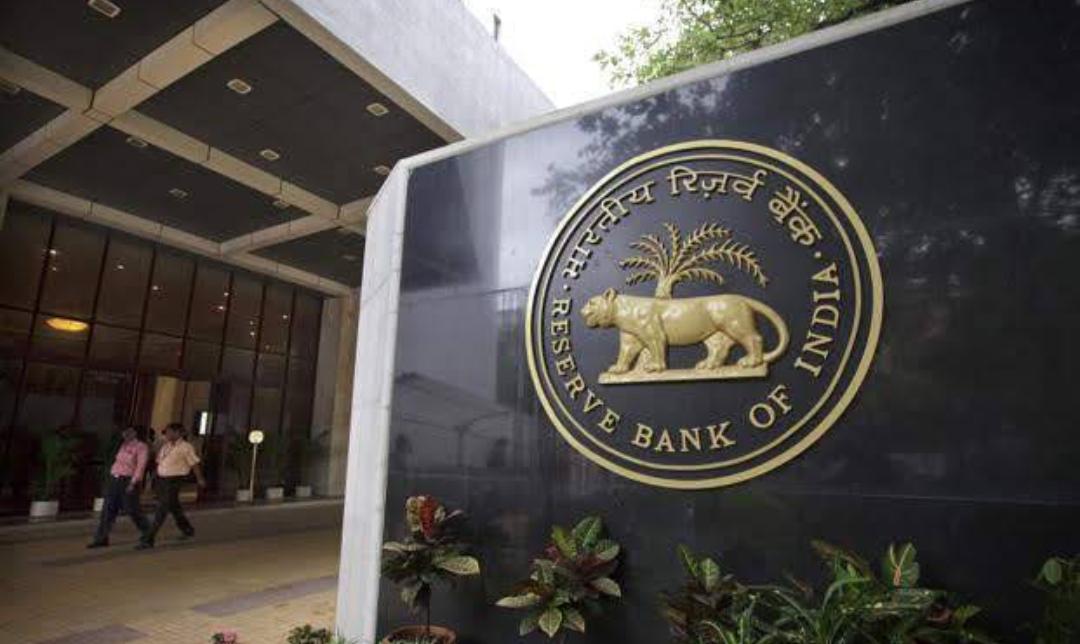
India's inflationary pressures appear to be on a consistent downward trajectory, offering relief to households and businesses alike. According to the Reserve Bank of India (RBI) Governor, headline Consumer Price Index (CPI) inflation continued its decline in both March and April 2025, reaching a 69-month low of 3.2% in April. This marked a notable milestone and was largely attributed to a sustained drop in food inflation, which has now recorded six consecutive months of decline.
Fuel inflation, which had previously been in deflationary territory, reversed course and posted positive prints in both March and April. This turnaround was partly driven by an increase in LPG prices. Meanwhile, core inflation—excluding food and fuel—remained stable and well-contained, even in the face of rising gold prices, which exerted some upward pressure.
Looking ahead, the inflation outlook appears largely benign. A record wheat harvest and higher production of key pulses during the rabi season are expected to ensure adequate food supplies. Moreover, the early onset of what is likely to be an above-normal monsoon bodes well for the upcoming kharif crop season. These agricultural factors are helping to moderate inflation expectations, especially in rural areas.
Crude oil prices, which are crucial to India’s inflation dynamics, are also projected to remain subdued. This adds to the optimism that price pressures may stay contained. However, the RBI remains cautious, emphasizing the need to monitor weather-related uncertainties and global tariff-related developments, which could disrupt commodity prices and global trade flows.
Taking all these variables into account, and assuming a normal monsoon, the RBI has revised its CPI inflation forecast for FY2025–26 downward to 3.7% from its earlier estimate of 4%. The quarterly breakdown of this projection is as follows: Q1 at 2.9%, Q2 at 3.4%, Q3 at 3.9%, and Q4 at 4.4%. The central bank also highlighted that the risks to this inflation outlook are evenly balanced at this stage.
The evolving macroeconomic landscape, shaped by both domestic agricultural performance and global commodity trends, will continue to influence the inflation path. But for now, the central bank’s forecast suggests a year of relatively tame price increases, providing room for more focused growth measures going forward.
Disc:The information provided in this article is based on the latest statements and projections by the Reserve Bank of India (RBI) as of 2025. While every effort has been made to ensure accuracy, the projections are subject to change due to unforeseen economic, climatic, and geopolitical factors. Readers are advised to use this information for general understanding only and consult financial experts before making any investment or financial decisions.




